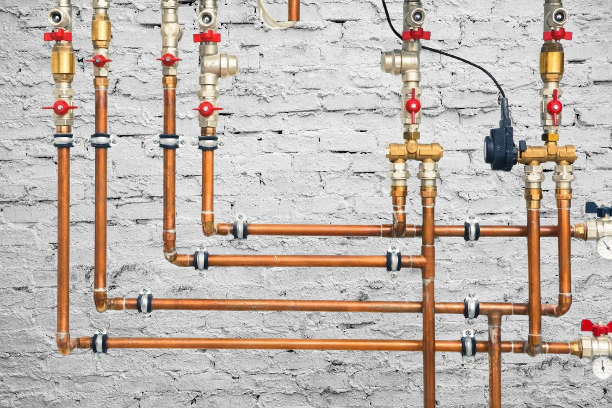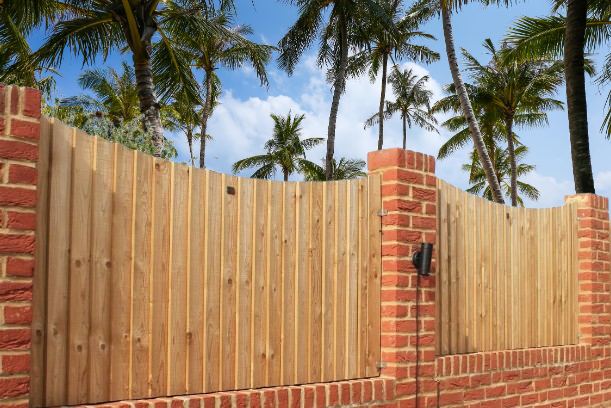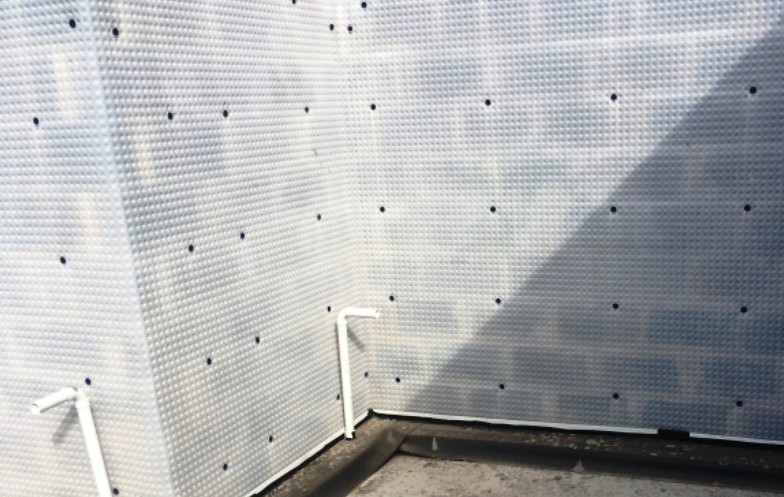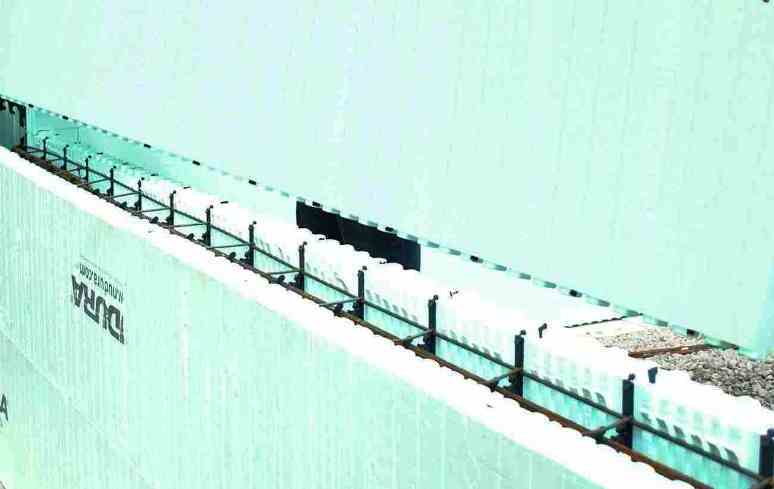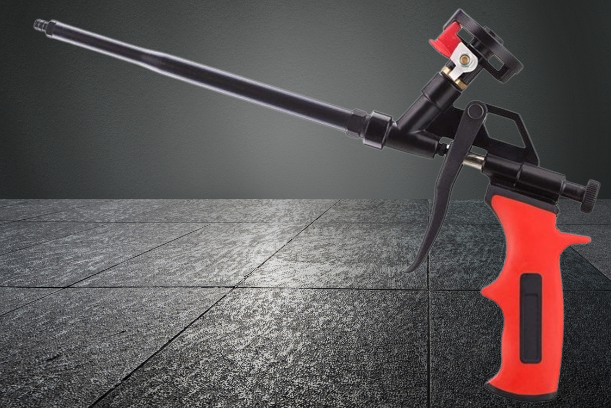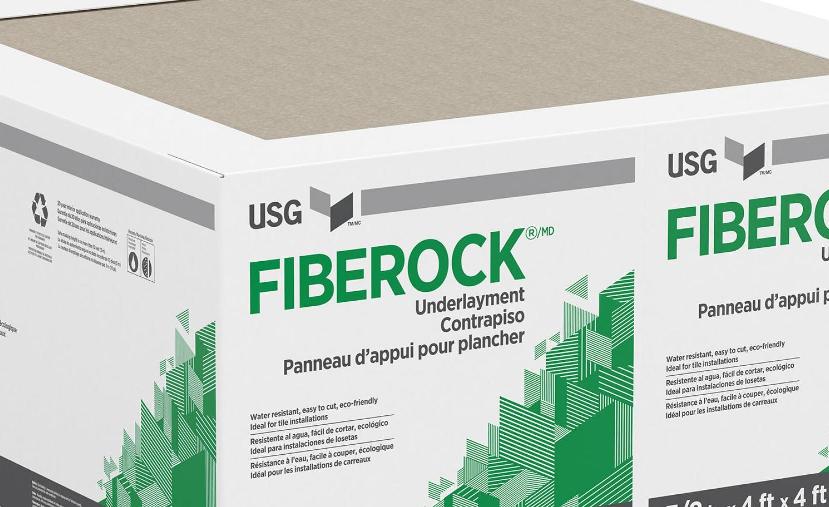Can You Spackle Over Caulk? (How-To)
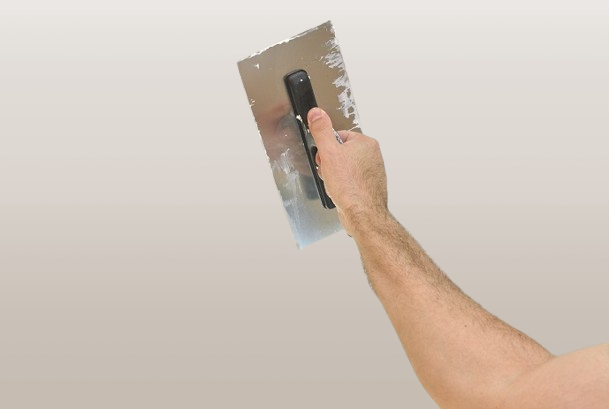
In general, caulk and spackle might appear to be the same. But you might not get the best results if you use these two interchangeably because they have different functions.
- Can You Spackle Over Caulk? (How-To)
- What Could Motivate Someone To Cover Caulk With Spackle?
- How Should I Spread Caulk Over It?
- What Is Spackle And Caulk?
- Is Spackle Over Caulk Effective?
- Are There Any Concerns That You Should Know About?
- Is It Better To Apply Spackle Over Caulk Outside Or Indoors?
- Which Goes First: Spackle or Caulk?
- Can I Use Spackle and Caulking to Fill Nail Holes?
- Is Spackle Better Than Caulk?
- Is It Possible To Use Caulk And Spackle Equally?
We won’t be concentrating on these two’s distinctions today. We’ll investigate whether applying spackle over caulk is feasible and what advantages come with it.
What Could Motivate Someone To Cover Caulk With Spackle?
Over caulk, a lot of people have used spackle. The primary goal is to stop the recurrence of cracks between mitered baseboard components. The creative theories and ideas that do-it-yourselfers come up with is astounding.
Since the spackle is not in direct contact with the baseboard pieces, it is assumed that it will not crank as the wood expands or contracts due to temperature changes. The caulk will act as a barrier between them.
Despite the fact that this procedure still needs a lot of research, many people have tried it and had excellent results. In theory, spackle applied over caulk could stop it from cracking in the same way that drywall mud seals caulk on cracks.
How Should I Spread Caulk Over It?
It’s a fairly easy process that doesn’t call for a lot of expertise. The first step in fixing a crack is to apply caulk to the interior.
Allow it to shrink and dry completely before leveling and applying spackle to create a smooth wall surface. After that, you can paint over it with primer.
What Is Spackle And Caulk?
We need to investigate each of these products in order to comprehend the spackle over caulk trick better.
Drywall and wood fillers are examples of packing compounds. Fillers bearing the brand name Spackle are made of clay, calcium carbonate, and vinyl polymers.
These drywall and wood fillers are made by other brands as well, but their ingredients are the same. The concentrations that are used will differ.
Whatever the case, spackling supplies work wonders for filling in holes on smooth surfaces. These fillers can be sanded after they dry to a hard finish.
Conversely, caulk is a flexible substance that is applied to joints to seal them. Silicone or latex can be used to make it. Products for caulking have excellent adhesive qualities.
They can therefore be used to fuse various materials together. Applying caulk requires the use of a gun. Please be aware that caulk cannot be painted over and that it cannot be sanded.
The best filler for holes is spackling compound because it can be sanded and molded. Filling in gaps on wood trims is a great use for caulking.
It’s also crucial to note that large holes in plaster or drywall can be filled with spackle. But the best application for caulk is as a sealant. It can be used to seal cracks in bathtubs, plumbing, and tile.
Is Spackle Over Caulk Effective?
Now that you know what caulk and spackle are, have you figured out how the two could cooperate to seal a crack and stop it from happening again?
When caulk is used to fill a crack, the pliable substance enters the cracks and adheres to both sides. As was already mentioned, caulk has extremely potent adhesive qualities.
After it dries, you can sand and paint over the hard finish created by layering spackle over it.
This produces a robust two-in-one filler that is resistant to cracking brought on by variations in the material’s temperature.
Remember that covering caulk with spackle is a do-it-yourself method. As a result, it’s critical to constantly run a patch test to determine efficacy. Certain people might find success with it, depending on the fillers being used.
Are There Any Concerns That You Should Know About?
The process of applying spackle over caulk is not simple. There might be some problems. Consequently, you should be aware of some of these problems before beginning a project of this nature.
Initially, the spackle needs to stick to a sturdy surface like wood or drywall. When applied to a flexible material like caulk, it may fall out. This is a legitimate worry. You can, however, overcome it in a certain way.
And that’s achieved by waiting for the caulk to dry before using spackle. The full healing time of caulk can range from one to ten days. If you want long-lasting results, you shouldn’t rush applying spackle over the caulk right away.
Another issue with spackling over caulk is that these two materials ought to be reserved for distinct applications. The aforementioned products’ respective uses have already been covered.
If you choose to combine them, be aware that this is more of a workaround and that you cannot hold the makers of each product accountable if caulk cannot be sealed with spackling. There aren’t any other problems that need to worry you aside from these two.
Is It Better To Apply Spackle Over Caulk Outside Or Indoors?
Should you decide to spackle over caulk, it is advisable to complete this project indoors rather than outside. It may surprise you to learn that caulk and spackle are intended for indoor use.
You can pretty much count on them not lasting very long when used outside. If your home has cracks that are outside, you should use a much stronger filler that can resist the severe weather.
Which Goes First: Spackle or Caulk?
The above do-it-yourself tip states that caulk and spackle go on top. But not everyone thinks the same way.
Some argue that because of the caulk’s softness and flexibility, it shouldn’t be applied first. It would be ideal to apply caulk on top of the spackle layer first.
The idea presented above seems plausible. But most people overlook the fact that caulk cannot be sanded. As a result, the finish won’t be even or seamless.
Thus, if aesthetics are not a concern for you, you can begin with spackle and end with caulk. If you want a more velvety finish, heed the advice given above.
Apply caulk first, wait for it to dry, then cover with spackle. Adhesion problems might occur, for sure, but at least a polished finish is guaranteed.
Can I Use Spackle and Caulking to Fill Nail Holes?
When filling nail holes, there’s a chance you’ll feel tempted to use both caulk and spackle. It’s not uncommon to find nail holes in your house.
These holes usually don’t look good to most people. As a result, you might be interested in completing them as quickly as possible.
When it comes to nail holes, neither of these products is necessary to use. Spackling paste would be your best option in this situation.
The paste should dry into a smooth finish if you can get it inside the hole and wipe off the excess to level it. Even after, you can sand it down and paint over it.
Due to its softness and flexibility, caulk is not something we advise. It might not survive in that hole for very long as a result. Second, the finish won’t be very nice because caulk cannot be sanded over. It is not appropriate to use both in this situation.
Is Spackle Better Than Caulk?
Even though we offer advice on how to make spackle work better than caulk, we still suggest using an alternative method if you can’t find one for fixing wall cracks.
You’ve already received some of the concerns we have about using spackle instead of caulk. Spackle adhesion to caulk cannot be completely guaranteed, particularly when repairing a large hole or crack.
For minor cracks, caulk is a great material to use for packing. It’s not the most efficient approach available, though.
You should be able to locate a high-quality filler that will adhere to the surface of the material you are attempting to repair the crack in and enable you to paint over it.
Cracks can be quickly fixed with spackle and caulk, which are primarily do-it-yourself projects. It’s important to note that the effects might not last.
Make sure you identify a long-term fix. You can always consult the experts if you are unable to solve the problem.
Of course, there has to be a construction company that provides repairs in your town or area. The construction company is capable of fixing any size crack.
Finding the source of your walls’ cracks is essential as you search for fast fixes. Leaks and structural issues are just two of the many causes of cracks.
By figuring out what caused it, you can stop similar incidents from happening again. Additionally, you won’t have to use spackle instead of caulk.
Is It Possible To Use Caulk And Spackle Equally?
It’s crucial to realize that caulk and spackle are not the same thing, despite what some may say. Essentially, caulk is a sealant.
It can be used to fill in gaps and crevices on windows, baseboards, tiles, and other surfaces. More of a repair product is spackle. It works well on tiny holes, dents, and cracks.

